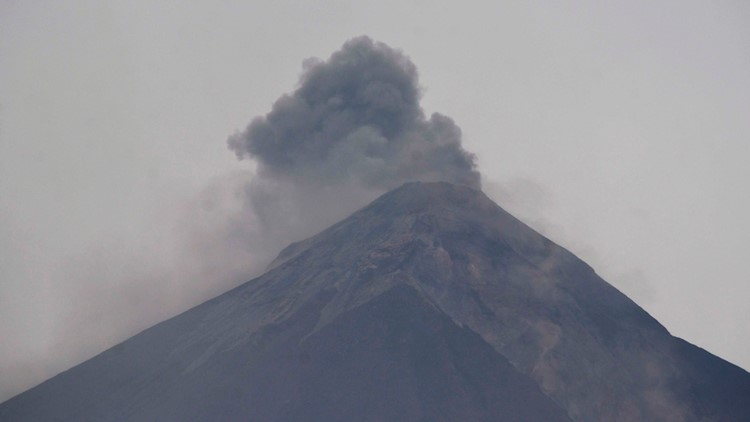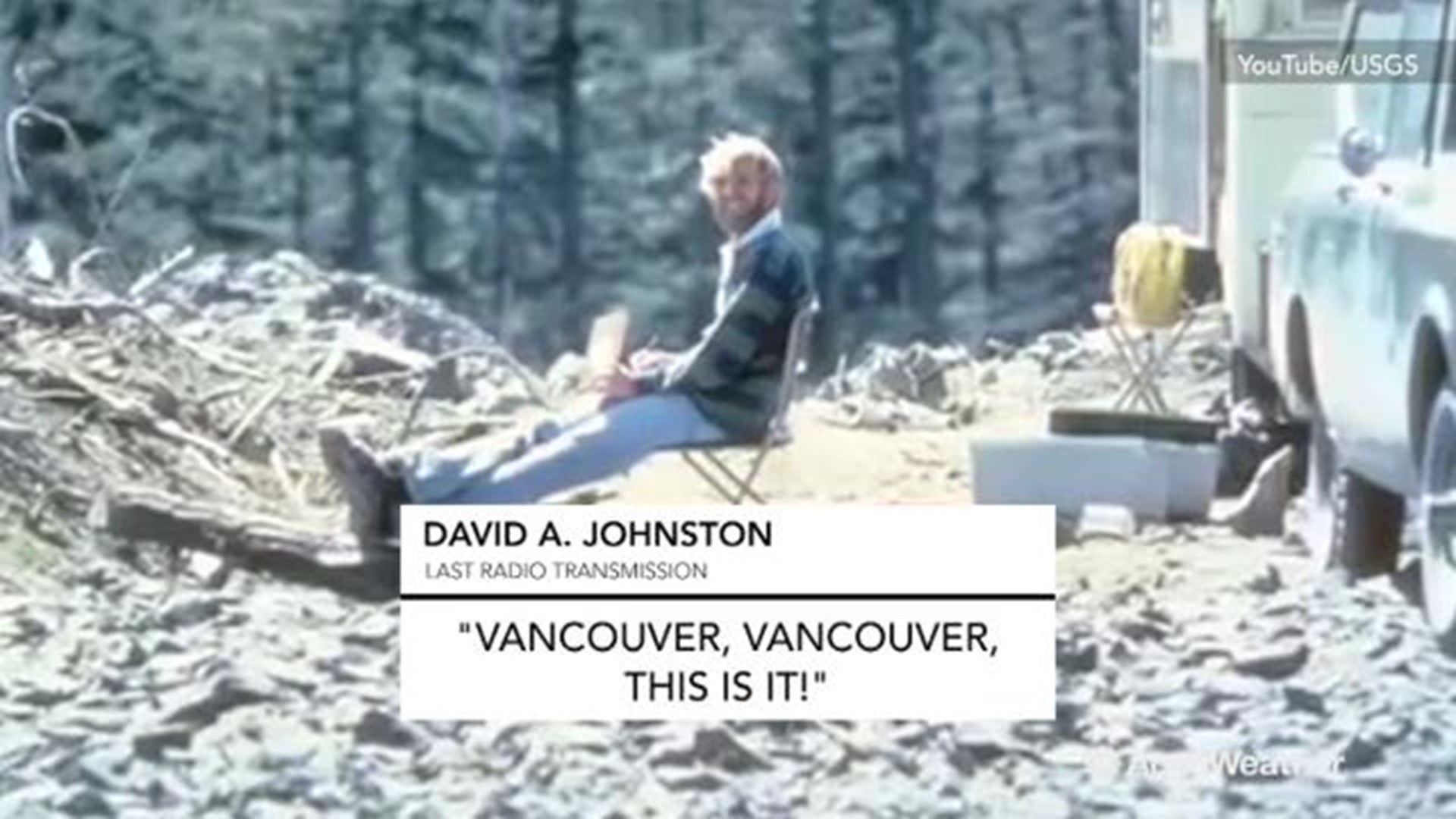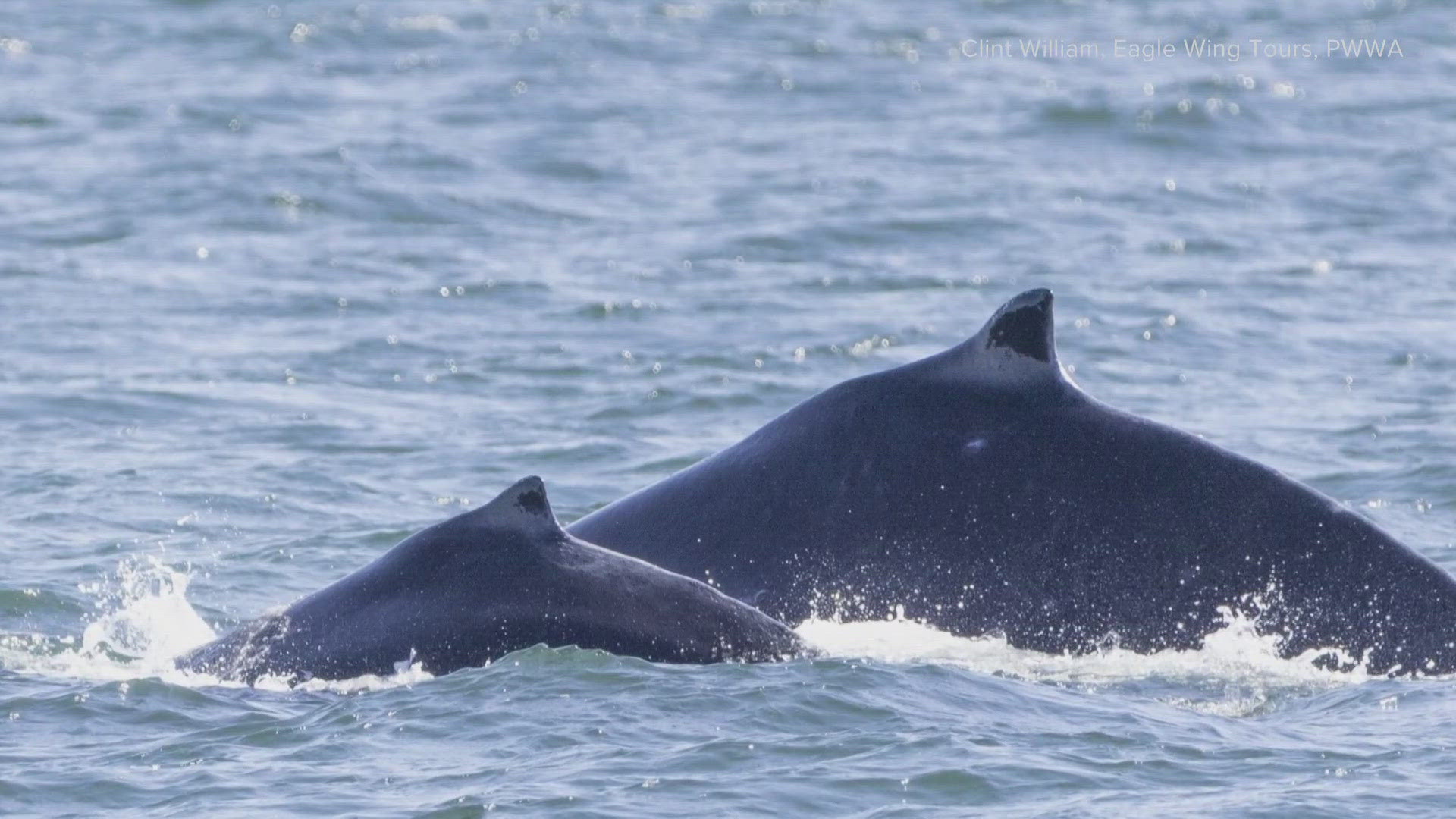Guatemalan authorities have increased the confirmed death toll from the eruption of the Fuego Volcano to 69 as of Tuesday morning. There’s been a lot of confusion, even in news reporting, about what’s killing those people. Scientists say it’s not lava, but pyroclastic flow.
Fuego, also known as the Volcano of Fire, is the same type of volcano that is found in the Pacific Northwest. It's also much different than Kilauea, the volcano that is erupting lava in Hawaii.
Pyroclastic flow is a combination of hot gas that can reach over 1,000 degrees Fahrenheit, along with massive amounts of ash and small volcanic rocks and gravel called tephra.
The pyroclastic flow comes zooming down the side of the volcano at hundreds of miles per hour. It looks like big ashy clouds coming down the side of the mountain.
Then there are lahars -- the rivers of mud that come down during an eruption. They are loaded with ash. During the 1980 eruption of Mount St. Helens, it was the result of rapid melting of the snow and glaciers in higher elevations.
Andy Lockhart, a volcano hazards geophysicist with the Cascades Volcano Observatory and part of the U.S. Geological Survey, says rain is a factor in the case of the Guatemalan volcano. He says that not only is it the rainy season in Central America, but the eruption itself creates more rain.
Both pyroclastic flow and lahars are incredibly deadly, and the death toll in Guatemala could go much higher. Mount St. Helens killed 57 people in 1980.
Those are among the reasons towns like Orting and Sumner in the shadow of Mount Rainier now have lahar warning sirens and run regular tests in case Rainier decides to erupt again.
WATCH: Orting lahar drill




